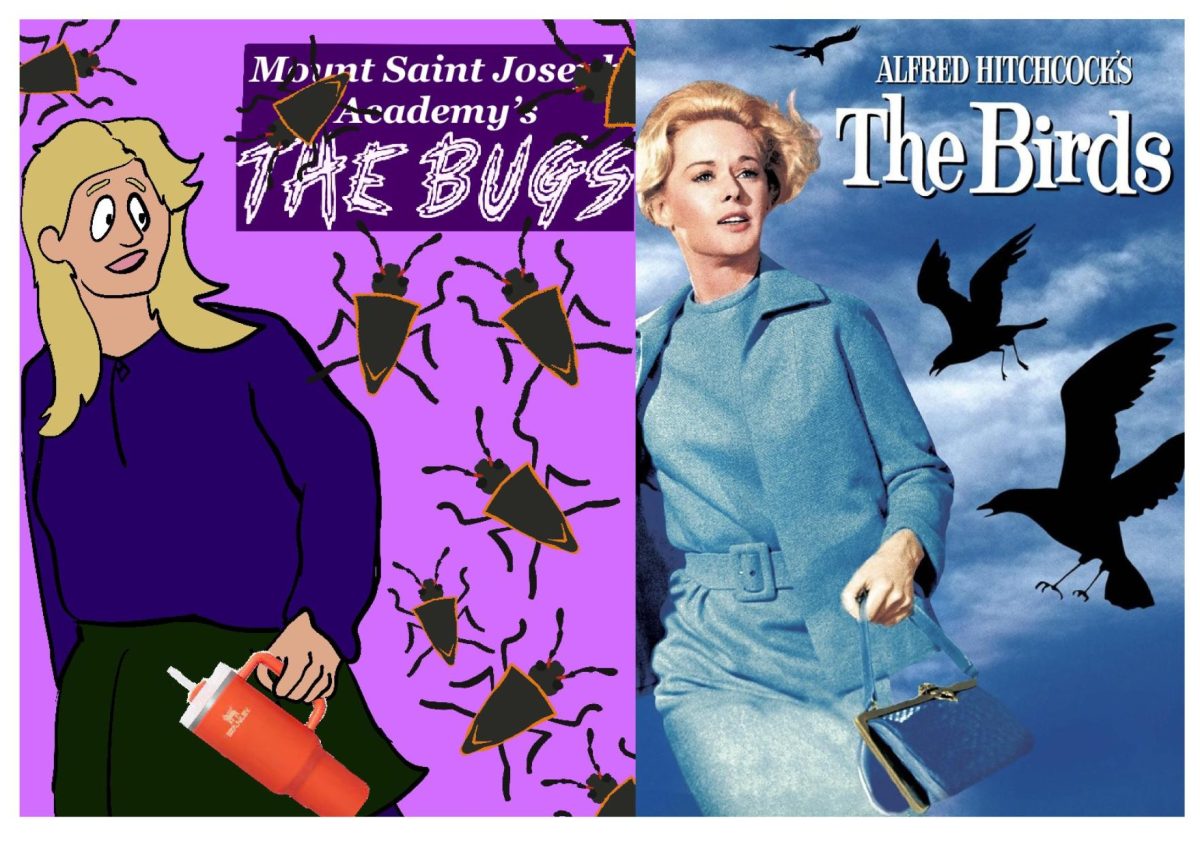As we near the Christmas season, we can’t help but be consumed by the festive spirits. Lights, decorations, music, and especially presents. Whether we love or hate Christmas shopping, it is a large aspect and tradition of the holiday, especially for the businesses.
Through the years as trends die and new ones are born, we reflect them through gifts towards a certain demographic. If you get your mom a gift, you might lean towards a heartfelt card and perhaps some jewelry, while you might tend to go for NFL tickets or a new tie for your dad. Of course interests are subjective and each person prefers different things, but what do you get for a young child?
What do children like anyways? Barbies and toy cars, or building blocks and coloring books? Well for some children, the answer could be none of these.
Each year, businesses try to release products for their demographic interests to take part in the multibillion dollar business. Just in 2023, the United States spent over 950 billion dollars on Christmas retail sales. In 2024, that number is expected to be around 989 billion.
The Rise of Online Shopping
There are many factors that play into the steady increase in sales each year. A contributing factor is the increase of use in online shopping.
A study from retaildrive states that 76% of US consumers would buy at least a half of their gifts online. This result is convenient and less physically taxing, as all your Christmas shopping can be done at the click of a button, which can be a great alternative for parents when they want to buy something special for their child but don’t want to fight other parents for it.
What to get your kid in the 90s
But what do they get them? In the 1990’s, some of the most popular gifts include the teenage mutant ninja turtle figurines, game boys, The Barbie Doll Dream Motor, Furbies, Tamogotchis, and more. Kids would rave at the chance to get their hands on one of these items, better yet multiple of them.
In 1998, Tiger electronics released Furbies for a retail price of $35. In today’s standards, that’s around $68, not terrible for a Christmas gift, but nothing to turn a blind eye to. However the most expensive Christmas presents were video game systems. They could range from $20 to $300. The Sega-CD was released in 1991, and came to the US in late 1992. They retailed for $299, which today would translate to roughly $665. Not all gifts would burn through a parents wallet however. A cheaper alternative could be a ninja turtle figurine, which could range from $5-10. Today that would be around $12-24.
What to get your kid in the 2000s
As technology improves, so do the gifts that come from it. In the 2000s, sales for different types of gifts changed just as the rest of the market does. Some of the most popular gifts include Bratz dolls, Bop its, Razor Scooters, and Heelys. Inflation did slightly increase from the 1990s, but the price range for these toys remained around the same.
But with quality and technology increasing, the price is bound to rise as well. Not to mention the constant trends coming and going each year, which greatly affects a company’s revenue if they chose to follow these trends or not. The most popular gifts of the 2020s range from legos to makeup, or more high end products like AirPods or game stations. But why the steady increase of tech based products?
What Kids want now
A study by WorldCrunch states that “‘age compression,” meaning that children feel older at a much younger age” said by Eric Rossi who is the director general of Vivid Europe. He continues and says “The last toy purchase for a child is around age nine, nine and a half, whereas 20 years ago, it was age 11.” A possible reason for the decrease in interest for toys in young children could be exposure to technology.
A study from Common sense media states that in 2021, 81% households say that their child owns some source of entertainment that can access the internet. This can lead to children’s interests being lost in regular toys that don’t stimulate the brain as much as a iPad could. That could explain the increase in toys that are interactive, such as hatchimals or Little Live Pets.
As company’s discontinue products and make new ones, parents have to adapt to this time of year. No matter how gifts have change or how prices vary, nothing can beat the smile on a child’s face as they open their gift on Christmas morning.





























































Violet Binczewski • Dec 3, 2024 at 12:38 pm
Such a great article and in-depth look on Christmas presents throughout the years!
Elizabeth Gormley • Dec 3, 2024 at 12:41 pm
Thank you!